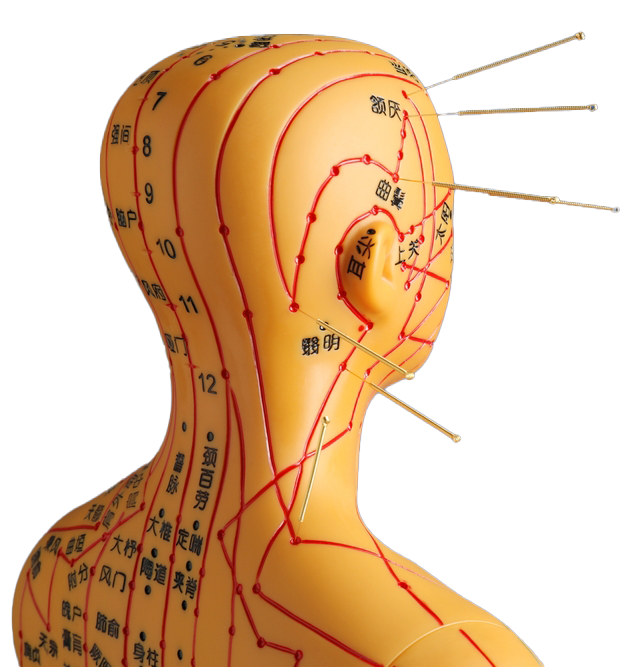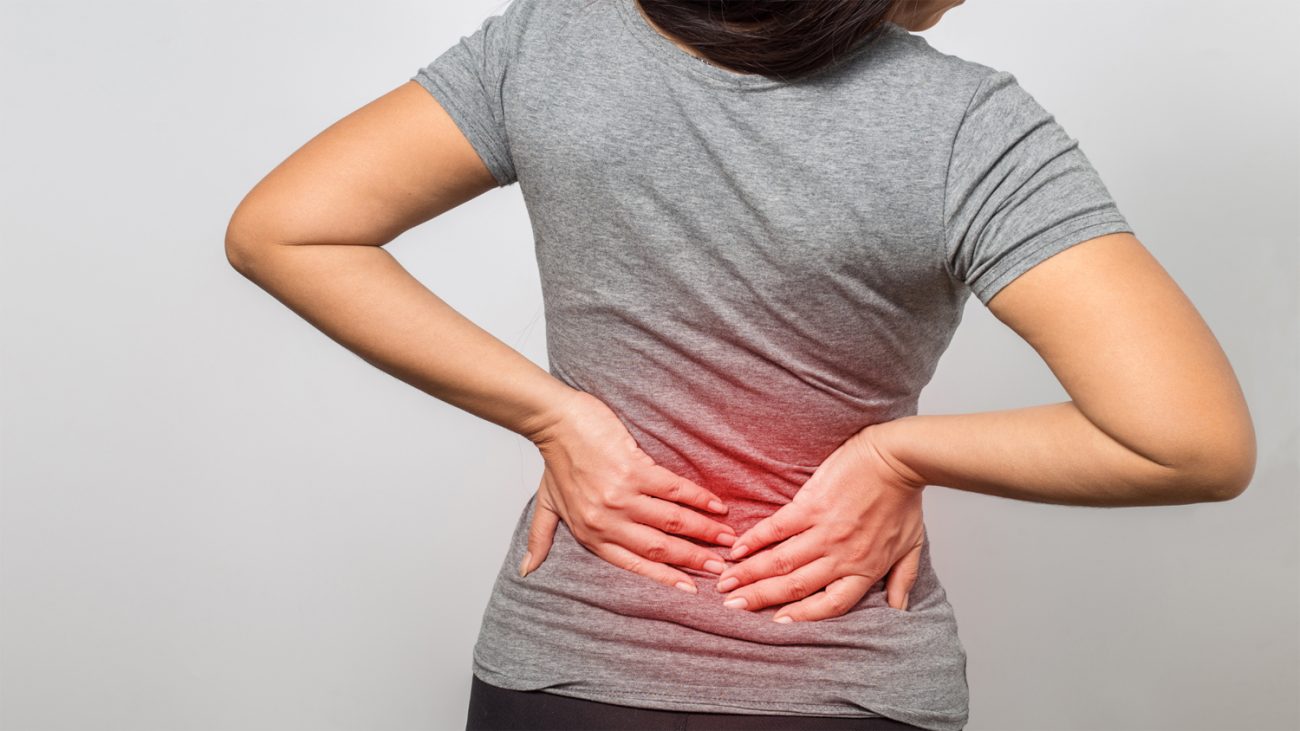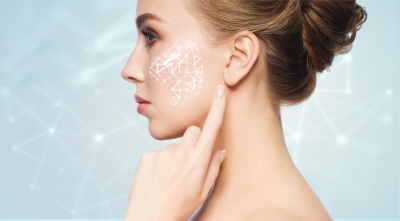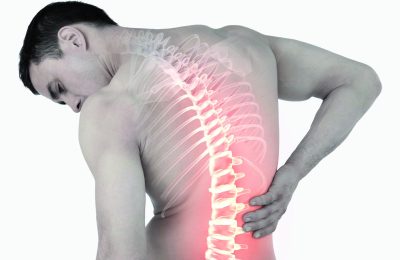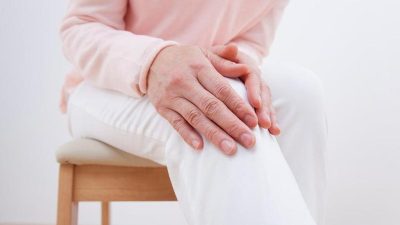- Facet joint Radiofrequency Thermocoagulation (RFT) Treatment
- Radiofrequency Thermocoagulation Dorsal root ganglion (DRG) radiofrequency thermocoagulation (RFT)
- Discitis Procedure
- Sacroiliac Joint Radiofrequency Treatment (Simplicity)
- In-Disc Ozone Therapy
- Nucleoplasty
- Transforaminal Injection (Pinpoint)
- Facet joint block
- Epidural Injection
Lower back pain
- Home
- Lower back pain
Contents
Toggle- Creating an individualised treatment plan
- The role of different specialities (physiotherapist, orthopaedist, psychologist, neurosurgeon)
- Pain treatment during pregnancy
- Treatment of chronic pain in the elderly
- Pain management in children
- Stress management
- Healthy eating
- Ergonomic living arrangements
- Exercise and mobility
- Facet joint Radiofrequency Thermocoagulation (RFT) Treatment
- Radiofrequency Thermocoagulation Dorsal root ganglion (DRG) radiofrequency thermocoagulation (RFT)
- Discitis Procedure
- Sacroiliac Joint Radiofrequency Treatment (Simplicity)
- In-Disc Ozone Therapy
- Nucleoplasty
- Transforaminal Injection (Pinpoint)
- Facet joint block
- Epidural Injection
- Cancer pain
- Permanent Epidural / Spinal Port Application
- Vascular Port (Permanent Vascular Access)
- Trigeminal Nerve RFT
- Blockade of Ganglion Stellatum
- Lumbar Sympathetic Ablation
- Facet joint Radiofrequency Thermocoagulation (RFT) Treatment
- Radiofrequency Thermocoagulation Dorsal root ganglion (DRG) radiofrequency thermocoagulation (RFT)
- Hernia Burning (IDET)
- Discitis Procedure
- Sacroiliac Joint Radiofrequency Treatment (Simplicity)
- Permanent Epidural / Spinal Port - Pump System
- In-Disc Ozone Therapy
- Nucleoplasty
- Peripheral Nerve Block
- Transforaminal Injection (Pinpoint)
- Facet joint block
- Epidural Injection
- Intra-articular Fluid Treatment
- Dorsal root ganglion (DRG) radiofrequency thermocoagulation (RFT)
- Spinal cord stimulation (pain pacemaker)
- Ergonomic living arrangements
- Spinal cord stimulation (pain pacemaker)
- Nucleoplasty
- Radiofrequency ablation
- Herbal solutions
- Dry needle treatment
- Anti-ageing treatments
- Ozone therapy
- Cupping therapy - Cupping
- Mesotherapy
- Prolotherapy
- Acupuncture
- Stem Cell Therapy
- Nerve blockages
- Corticosteroid injections
- Massage and relaxation techniques
- Manual therapy
- Electrotherapy
- Neuropathic pain medications
- Anti-inflammatory drugs
- Muscle relaxants
- Painkillers (paracetamol, ibuprofen, etc.)
Low back pain is a common condition that can affect many people, both young and old. Factors such as working long hours at a desk, lifting heavy weights, leading a sedentary lifestyle and incorrect posture trigger the development of low back pain. At the same time, structural problems with the spine, such as herniated discs or osteoarthritis, can also lead to severe and prolonged low back pain. Below you will find comprehensive information about low back pain:
1. Common Causes of Low Back Pain
- Muscle Tension and Posture Disorder
- Long periods of inactivity or sitting/standing in the wrong posture.
- Being overweight or having excess fat in the abdominal area (obesity) puts extra strain on the waist.
- Lumbar Herniated Disc (Lumbar Disc Hernia)
- The discs between the vertebrae wear out or slip out of place and put pressure on the nerve roots.
- It may be accompanied by symptoms such as pain, numbness, tingling and loss of strength in the legs.
- Osteoarthritis or degenerative changes
- Wear and tear in the joints and discs that make up the spine due to aging.
- Stiffness or stiffness when moving.
- Stress and Psychological Factors
- Stress can cause tension in the lower back muscles, which can increase pain.
- Heavy Lifting or Wrong Movements
- Excessive pressure on the spine while bending or carrying loads can lead to muscle injuries and hernias.
- Spinal Curvatures (Scoliosis, Kyphosis etc.)
- Congenital or acquired structural defects can cause an abnormal load distribution on the spine, resulting in low back pain.
- Traumas and Injuries
- Injury to muscles and connective tissues, spinal cord or discs after falls, bumps or accidents.
2. Symptoms and Cautions
- Persistent or recurrent pain in the lower back: Pain that may increase with movement or intensify after staying in the same position for a long time.
- Pain radiating to the legs (sciatica-like): Especially in herniated discs, sharp or burning pain may be felt radiating from the lower back to the buttocks and legs.
- Movement Restriction: Difficulty in bending forwards, sideways or backwards, stiffness.
- Muscle Weakness: Loss of strength or numbness/tingling sensation in the legs or feet.
- Stiffness or Eclipse of the waist: Stiffness after prolonged sitting and standing, pain on first steps.
- Fever, Weight Loss or Other Systemic Symptoms: Rarely, low back pain can be accompanied by more serious conditions such as infection or tumours. Such additional symptoms require a medical examination.
3. Diagnostic Methods
- Physical Examination
- Examination of the spine, patient posture, lumbar range of motion, muscle tension and nerve tests are performed.
- Imaging Techniques
- X-ray: It gives information about calcification, bone structure disorders, spinal curvatures.
- Magnetic Resonance (MR): It shows problems in disc herniation, soft tissue, ligament and muscle structures in detail.
- Computed Tomography (CT): It can be preferred to examine bone structures in more detail.
- Nerve Conduction Tests
- Tests such as EMG (electromyography) can be used to detect nerve compression and muscle dysfunctions.
4. Treatment Methods and Approaches
- Rest and Short Rest
- Especially in acute (sudden) back pain, lying in bed or limiting activity for a day or two can help to calm the muscles. However, prolonged immobilisation is not recommended as it can lead to muscle weakness.
- Physiotherapy and Exercise
- Methods such as massage, heat therapy, ultrasound, electrical stimulation applied by physiotherapists can reduce pain.
- Exercises that strengthen and stretch the waist muscles; activities such as pilates, yoga or swimming provide support for the waist.
- Medication Therapy
- Painkillers and anti-inflammatory drugs help to reduce pain in the short term.
- Muscle relaxants can relieve muscle spasms.
- Long-term use of medication must be under the supervision of a doctor.
- Manual Therapy (Chiropractic or Osteopathic Approaches)
- Manipulation or mobilisation of the spinal joints by trained specialists can provide relief for some patients.
- Injection Treatments
- Nerve root blocks or epidural injections can help relieve pain in severe cases of disc problems or nerve compression.
- Surgical Intervention
- If the disc herniation has reached very serious dimensions, if there is a risk of nerve damage or if other treatments do not respond, surgery may be considered.
- Microsurgery (microdiscectomy) or other spinal operations may be considered for lumbar disc herniation.
5. Simple precautions that can be taken in daily life
- Ergonomics and Posture
- The height of the desk and chair, lumbar support should be adjusted.
- When working or standing, pay attention to equal load distribution on both feet.
- Correct Lifting Techniques
- When picking up something from the floor, bending the knees and squatting reduces the load on the lower back.
- It is very important to distribute the weight to the leg muscles instead of the waist.
- Activity and Exercise
- Strengthening the waist muscles by doing sports such as regular walking, swimming, light jogging or pilates.
- Doing stretching movements with frequent breaks.
- Choosing a Suitable Mattress and Pillow
- Using an orthopaedic mattress and a pillow suitable for the body shape helps to maintain the natural curvature of the spine.
- Weight Control
- Obesity increases the load on the lower back and increases the severity and frequency of low back pain.
- A healthy and balanced diet should be supported by regular exercise to maintain an ideal weight.
- Stress Management
- Stress reduction through yoga, meditation or breathing exercises can relieve muscle tensions.
6. When to consult a doctor?
- Pain lasts longer than a few weeks and to a level that affects daily life.
- Numbness, tingling or loss of strength in the arms/legs is present (especially if it is unilateral and severe).
- Impaired control of urine or faeces (may indicate emergencies such as the possibility of cauda equina syndrome).
- Sudden onset of very severe painpain caused by accidents or trauma.
- High fever, unexplained weight loss or night sweats systemic symptoms such as low back pain.
Summary
Low back pain is often caused by a combination of factors such as poor posture, muscle tension, disc problems or stress. The pain can be alleviated primarily by ergonomic adjustments, regular exercise and, if necessary, short-term medication. However, if the pain becomes chronic or if there are symptoms such as numbness and loss of strength in the legs that suggest nerve involvement, it is absolutely necessary to consult a specialist doctor. With early diagnosis and appropriate treatment, low back pain can be largely controlled and quality of life can be significantly improved. Below the Form
Our treatments
- Home
- Lower back pain
